The last Russian Winter Offensive of the war started with the Battle of the Vistula.
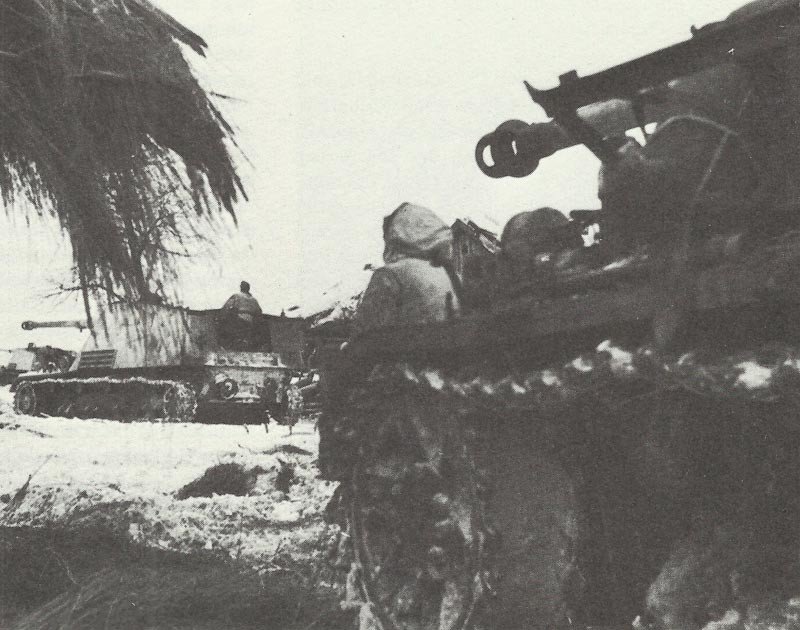
The Battle of the Vistula
Table of Contents
The Battle of the Vistula, also known as the Vistula–Oder Offensive, was a major Soviet offensive on the Eastern Front during World War II.
Overview
Objective: The Soviet aim was to drive German forces from Poland and push towards Berlin.
Forces involved:
– Soviet: 1st Belorussian Front and 1st Ukrainian Front
– German: Army Group A (later renamed Army Group Center)
Scale: It was one of the largest Soviet offensives of World War II, involving approximately 2.2 million Soviet troops.
Breakthrough: The Soviets achieved a rapid breakthrough of German defenses along the Vistula River.
Capture of Warsaw: The Polish capital, Warsaw, was occupied on January 17, 1945.
Rapid advance: Soviet forces advanced up to 500 kilometers in three weeks, reaching the Oder River.
Outcome: The offensive was a decisive Soviet victory, destroying much of Germany’s remaining capacity to resist on the Eastern Front.
Strategic importance: It set the stage for the final Soviet push to Berlin in the following months.
Controversy: The rapid Soviet advance left many Polish resistance fighters vulnerable to German reprisals.
Impact: The battle significantly weakened German forces and brought the Red Army to within striking distance of Berlin, setting the stage for the final months of the war in Europe.
This offensive was a crucial part of the Soviet winter campaign of 1945 and played a significant role in the ultimate defeat of Nazi Germany.
The battle
On January 12, 1945 the 1st Belorussian Front (Marshal Zhukov) and the 1st Ukrainian Front (Marshal Konev) attacked on a wide front line from Warsaw to Jaslo. At the same time, north of Warsaw, Rokossowskis 2nd Belorussian Front attacked with nine armies against the German 2nd Army.
The German troops in a strength of 569,000 men, with 8,230 guns, 700 tanks (most of the German tanks were used in the Battle of the Bulge at this time) and 1,300 aircrafts were standing against 1.5 million Russian soldiers together with 28,000 guns, 3,300 tanks and 10,000 aircrafts.
For the Red Army this was the last great effort in WW2. To increase the fighting morale, millions of leaflets had been distributed, who called the Russian soldier to kill the fascist beast in his cave and rape the Germanic woman. The death hour of the German population in the East has beaten.
Here are the reports of the last fight of the 214th Infantry Division in the Battle of the Vistula:
Even more dramatic than in front of the Warka bridgehead was the struggle at the Pulawy bridgehead, where the LVI Panzer corps was located. Already in the morning hours, the Russian 33rd Army did a large break through the 214th Infantry Division, which resulted in the capturing of Ciepielov, approx. 9 miles (ca. 14 km) west of the front line. A counter-attack with improvised tactical reserves under the personal leadership of the division commander was unsuccessful. The arriving of the battle group of the 10th Panzer Grenadier Division of the General Command of the LVI Panzer Corps from 10.00 clock reached the reconquest of a dominant position in Ciepielov. But after this, the battle group has been increasingly pushed into the defense and split into several groups, so that they could only done a fighting retreat in the direction of Radom.
Together with the Russian 69th Army, the 11th Panzer Corps was attacking from 13.00 hours, which brought through the seam between the 17th and 214th Infantry Division and captured the traffic junction at Zwoleii. This meant, that the rear positions of the LVI Panzer Corps were destroyed. Towards the evening, the advancing elements of the Russian 11th Panzer Corps reached the city of Radom. This not only resulted in the breakthrough into the German hinterland, but also meant the imminent inclusion of the still fighting 17th Infantry Division and 45th Volksgrenadier (People’s Grenadier) division at the river Vistula.
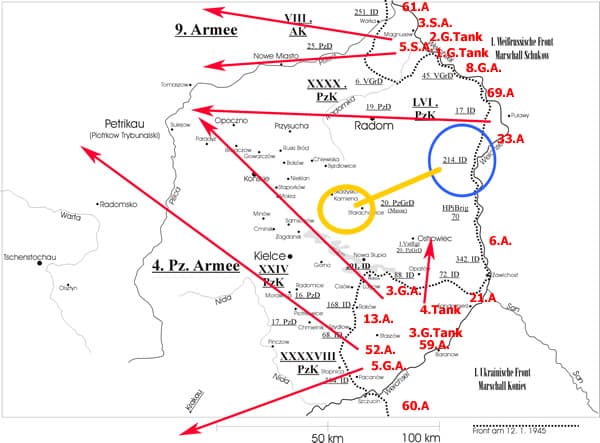
It was one of the strangest and cruelest battles of the war, in which particular the German troops fought desperately. However, already after the first day of the offensive, the 4th Panzer Army was completely shattered. Most of the 214th Infantry Division was destroyed in a trapped pocket near Starachowice.
After the strongest and with the highest losses, but also the fastest advances of WW2, Zhukov reached the river Oder, only 50 miles (ca. 80 km) from Berlin, on 31 January 1945.
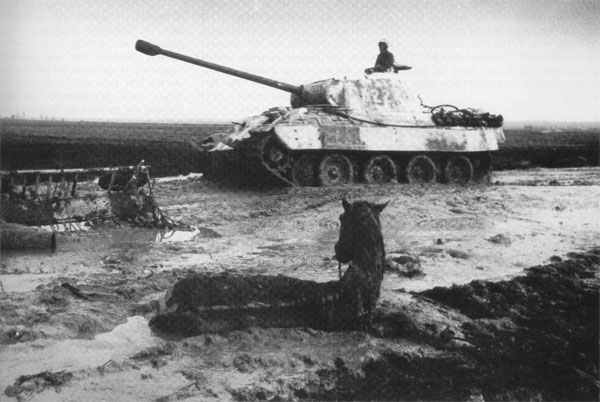
Those members of the 214th Infantry Division who escaped from the battle were formed in a battalion in Silesia, to rebuild the division.
The grandfather of the author was among with this lucky soldiers, but lost his camera and the last WW2 pictures. Since he was only be able to bring his photos during holiday trips to home (of course, photography was not always allowed) the last pictures were lost, unfortunately.
But instead will follow a page with some interesting official original documents from Nazi Germany and from the captivity at Warsaw, Poland.


References and literature
Krieg der Panzer (Piekalkiewicz)
Der 2. Weltkrieg (C. Bertelsmann Verlag)
Zweiter Weltkrieg in Bildern (Mathias Färber)
A World at Arms – A Global History of World War II (Gerhard L. Weinberg)
Der Grosse Atlas zum II. Weltkrieg (Peter Young)
Germany ahead – the Vistula-Oder strategic operation
Abwehrschlacht an der Weichsel 1945. Vorbereitung, Ablauf, Erfahrungen (Heinz Magenheimer)
Das Ende zwischen Weichsel und Elbe 1944/45: Panzer an der Weichsel (Hans Schäufler, Wilhelm Tieke)


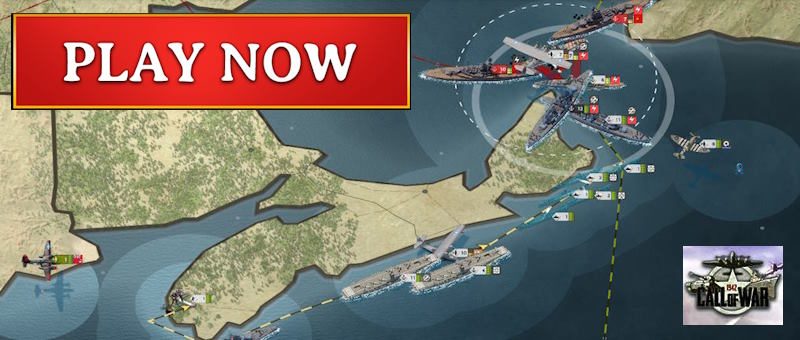

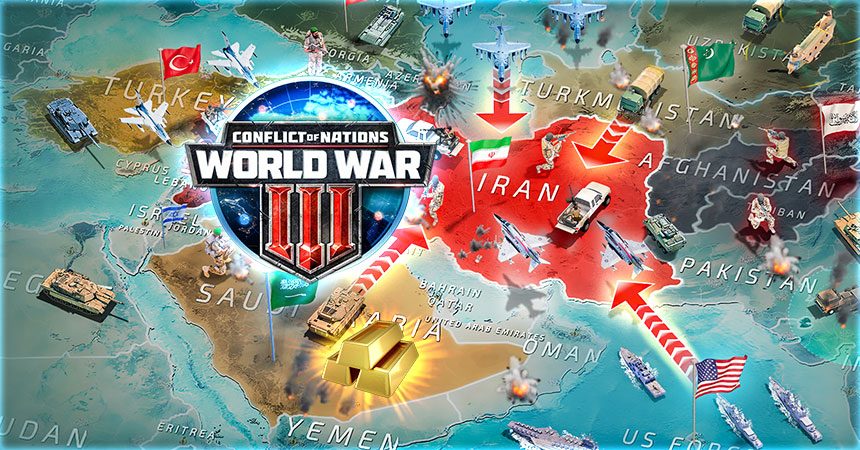
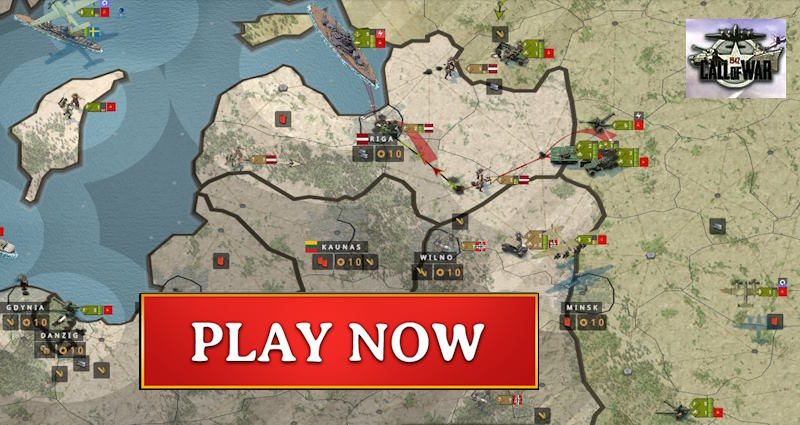
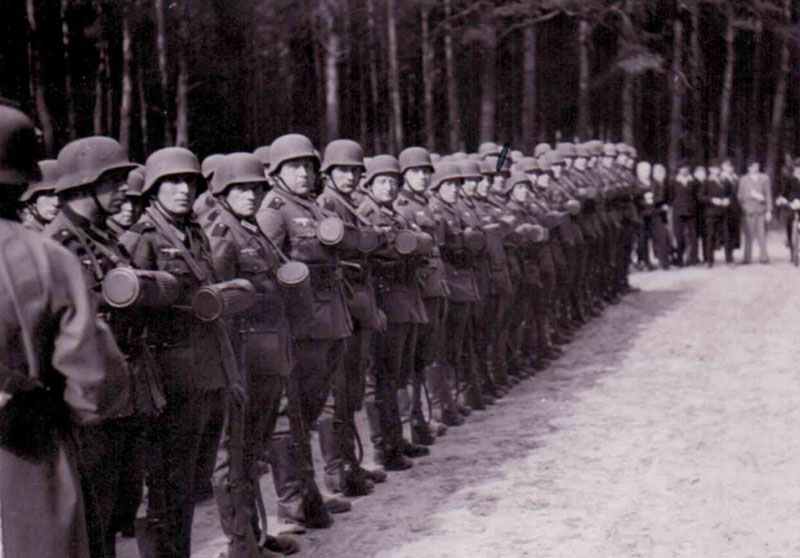
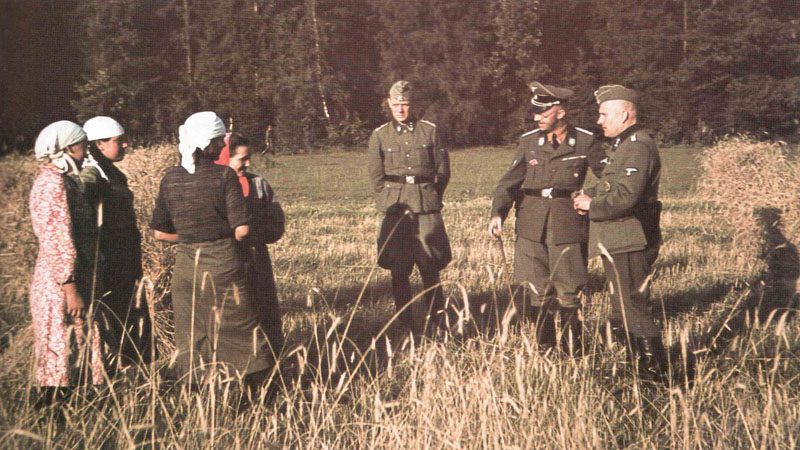
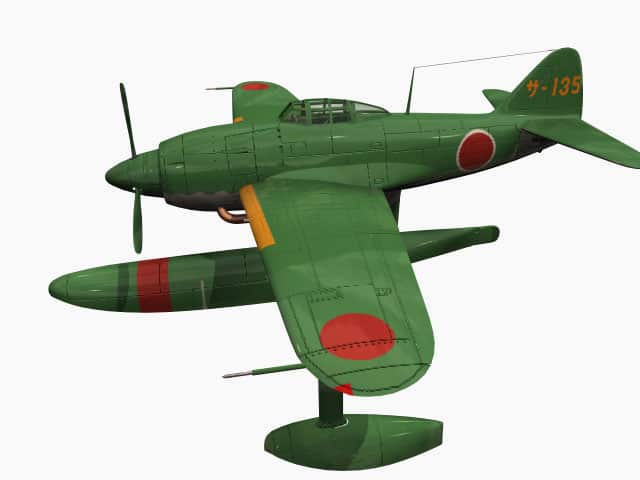
After the massive Operation Bagration, the Red Army’s Summer offensive which destroyed German Army Group Center in 1944, Stalin halted his forces just east of Warsaw. The Red Army was then directed to conquer the Balkans, advancing up the Danube Valley, eventually into Austria. This allowed the Germans to build up an offensive Panzer force in the West, which was unleashed in Dec, 1944, and was a failure and wasted the Panzer reserves and scarce fuel. Next hitler strangely became focused on Hungary, even-though the Red Army was on the Oder River. Based on these reckless operations, once the Allies entered Germany, resistance collapsed quickly.
Great use of the experience facing a small unit at the front to better understand the greater whole.
One small critique: the Red Army was a lot of things, but they did not actually have written orders to rape the Germanic woman.
Nor do I believe did the German Heer, yet it was still endemic in both armies. Propaganda during the war had reached a fever pitch of genocidal hatred. As importantly, the high commands of both militaries simply didn’t care about crimes against humanity while pursuing their desire to remake the world.